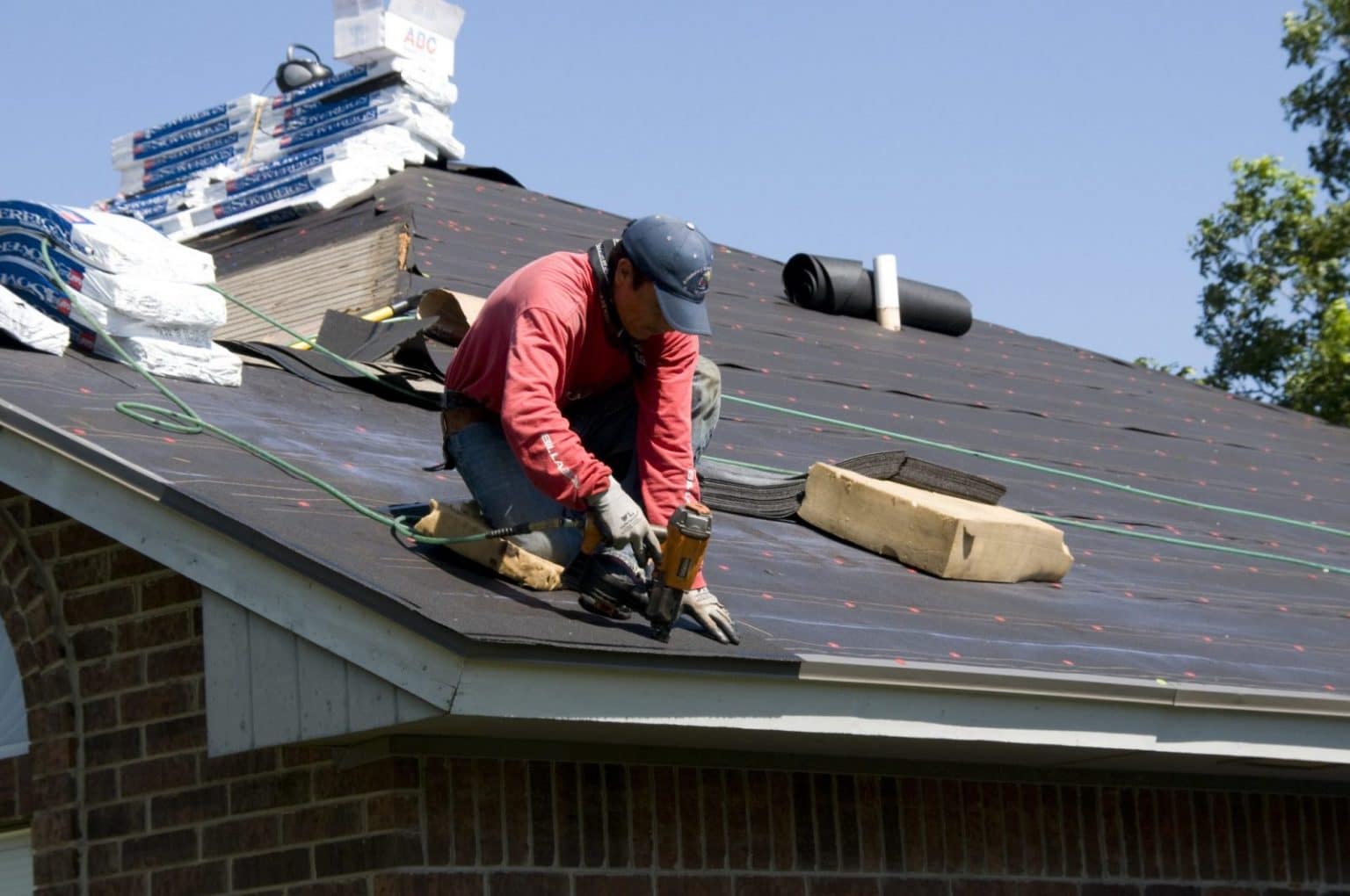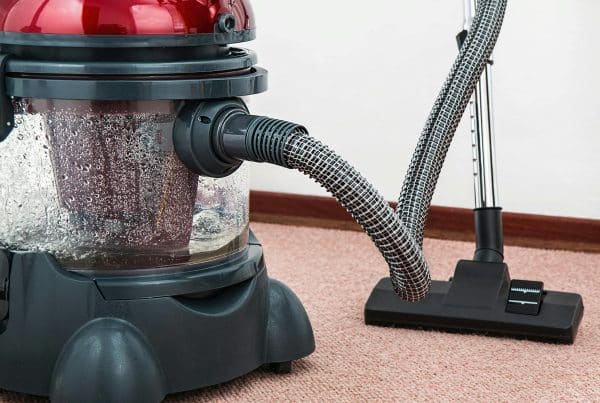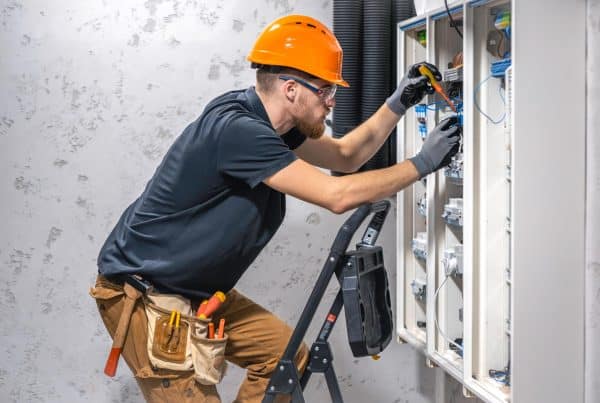Needing a whole new roof put on is something most homeowners want to avoid hearing. Sometimes, it can be a blessing, though. In instances where a storm has done severe damage to your roof, the insurance company may pay for a whole new roof. Should your home have already replaced the roof just a short few years ago, you may be wondering how you can avoid damage and keep it leak free. This article focuses on how you, as a homeowner, can avoid roofing issues in the future. It will also detail some of the important things to know about roofing and what you can expect from a replacement.
The Lifespan of a Roof
To effectively navigate the world of residential roof replacement, it’s essential to grasp the typical lifespan of various roofing materials. Different materials have different durability factors, and knowing when your roof is reaching the end of its lifespan is crucial. Many factors contribute to a roof’s lifespan, whether it be longevity or lack thereof. As a homeowner, you’re likely geared towards the former rather than the latter.
Roofing material matters when talking about lifespan. Your roof is only as good as the materials you put on it. Cheap material and brand will likely not last long. That is because the materials are likely subpar and not built to withstand harsh winds and weather. One of the best materials to choose for a new roof is a metal roof. Metal roofs last a lifetime, especially with proper care. Metal roofs hold up better against storms, hail, and high-speed winds. They are also fire-resistant.
Spotting The Signs of a Deteriorating Roof
Being proactive in identifying signs of roof deterioration can help you address issues before they escalate, potentially saving you from expensive repairs. Keep an eye out for the following indicators that your roof may require replacement:
Shingle Damage: Cracked, curling, or missing shingles are clear signs of roof deterioration. If your shingles have reached the end of their lifespan or have sustained significant damage, it’s time to consider a roof replacement.
Water Stains and Leaks: Water stains on your ceiling or walls, or evidence of water intrusion in your attic, indicate potential roof leaks. Ignoring these issues can lead to further damage to your home’s structure and the need for a more extensive residential roof replacement.
Hiring A Professional Is the #1 Priority
There are so many things a homeowner might worry about when replacing their roof. However, choosing the right contractor is usually at the top of that list. More than likely, there are tons of roofers in your local area. A quick browse on Google will likely return dozens of roofers near me. How can you distinguish one from another? After all, one of the major differences between new roofs is how they are installed. A quality installation will ensure the building materials last as long as the manufacturer claims that they will.
Credentials and Licenses: Ensure the contractor possesses the necessary licenses, certifications, and insurance coverage. Many cities and states have their own requirements that all roofing contractors must meet. For example, even if your roofer is insured, you may still need to check with your roof insurance lawyer to make sure all liability is properly covered. This ensures they adhere to industry standards and provides you with protection in case of accidents or property damage. Another thing you should look for is if they have any stamp of approval from roofing manufacturers. Being GAF-certified or holding a credential of being CertainTeed Select ShingleMaster are all great honors for a roofing company to possess. This means they have gone above and beyond the roofing manufacturers’ criteria for professionalism and quality of workmanship. That is exactly what you want when having a new roof put on your home.
Portfolio and References: Review the contractor’s portfolio of past projects and ask for references from previous clients. This will give you insights into their workmanship, reliability, and customer satisfaction.
Roofing Material Choice Is Essential
The choice of roofing materials when replacing an old roof is more important than you might realize. Yes, an asphalt roof may be cheaper, but is it going to outlast a GAF metal roof? Chances are the metal roof will outlast the asphalt roof any day. But what can you expect from the types of roofing materials available on the market today? A metal roof will last roughly 70 years or more. An asphalt roof will be replaced every 20 years or so.
Other types of roofing materials include slate, tile, wood shakes, and tin roofs. Each of these will last upwards of 20 years or more, especially with proper care. We recommend talking with your roofing company as to which option would best fit your home’s aesthetic, protection concerns, and budget.
How To Maintain Your New Roof
Once your new roof is put on are there any tips and tricks for avoiding problems in the future? Absolutely! Take a look at the top four ways you can prevent damage to a new roof or even protect your older roof from issues.
Be Vigilant After Storms
Anytime there Is a violent storm, we recommend being extra vigilant and checking the condition of your roof. Having a roofer performance inspection after a storm is a great idea. Most roofers will perform inspections for free as well as provide you with a free estimate. Should damage be significant, and you need repairs or a totally new roof, they can step in and handle insurance claims.
Keep Gutters Clean
Keeping your gutters clean is a great way to protect your roof. Yes, it also helps the foundation, but gutters, when clogged, can allow water to rest near the roof. This can put a strain on the soffit and fascia as well as the shingles if water starts to pool back onto the roof. If you aren’t a fan of cleaning out your gutters, consider a gutter guard installed. These work wonders for protecting gutters from clogging and water from pooling. An added bonus is you won’t have to worry about gutter cleaning on your to-do list or a mosquito issue in the clogged gutters.
Roof Cleaning
Periodically have your roof cleaned by a pressure washing company. This will remove contaminants like mold and mildew that can affect the quality of your roofing shingle, not to mention the appearance of your home. Make sure the roof cleaning is done with soft washing technology.
Tree Maintenance
Lastly, if there is a troublesome tree nearby your home, have it trimmed. This can prevent sticks and limbs from falling on your home, creating serious damage. Should a tree limb be itching closer to your home, have it looked at. Don’t wait.








